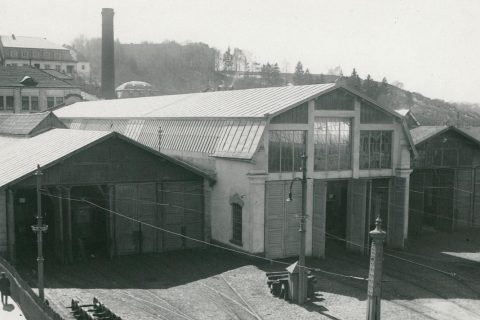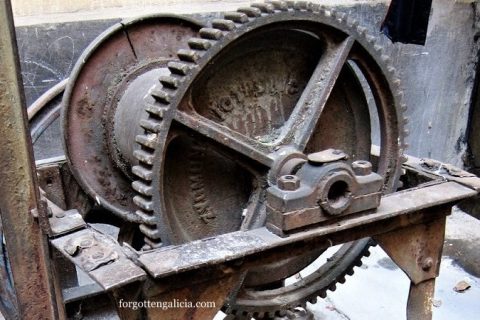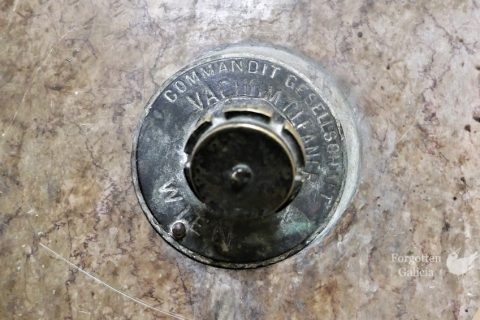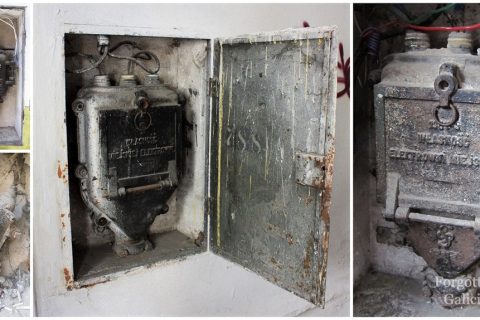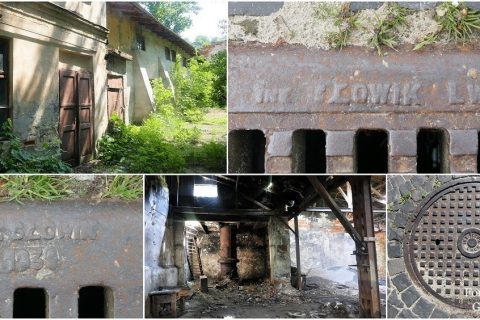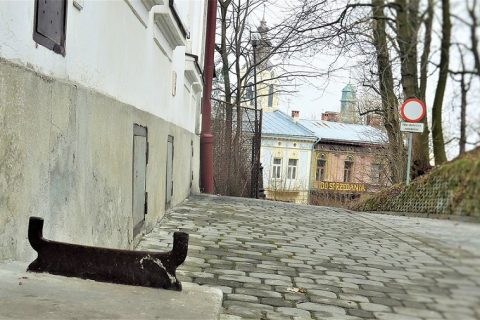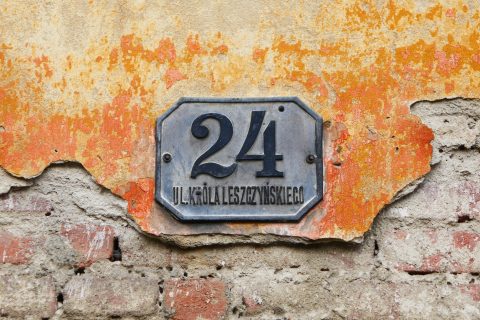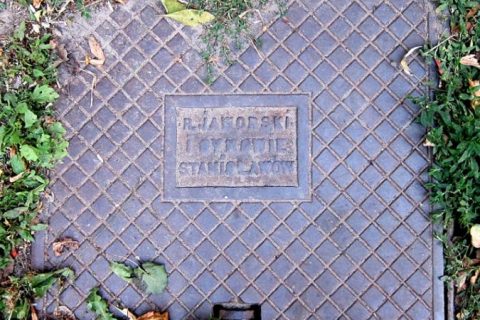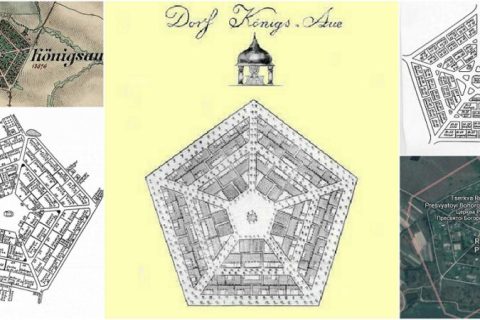Urine Deflectors of Lviv
An anti-toilet or anti-urination device is a form of hostile architecture, an element of the built environment that prevents people from urinating on the street. There are two kinds of such devices: urine deflectors, especially cones built into the nooks of buildings, which cause the culprit to be showered with […]
Read More

